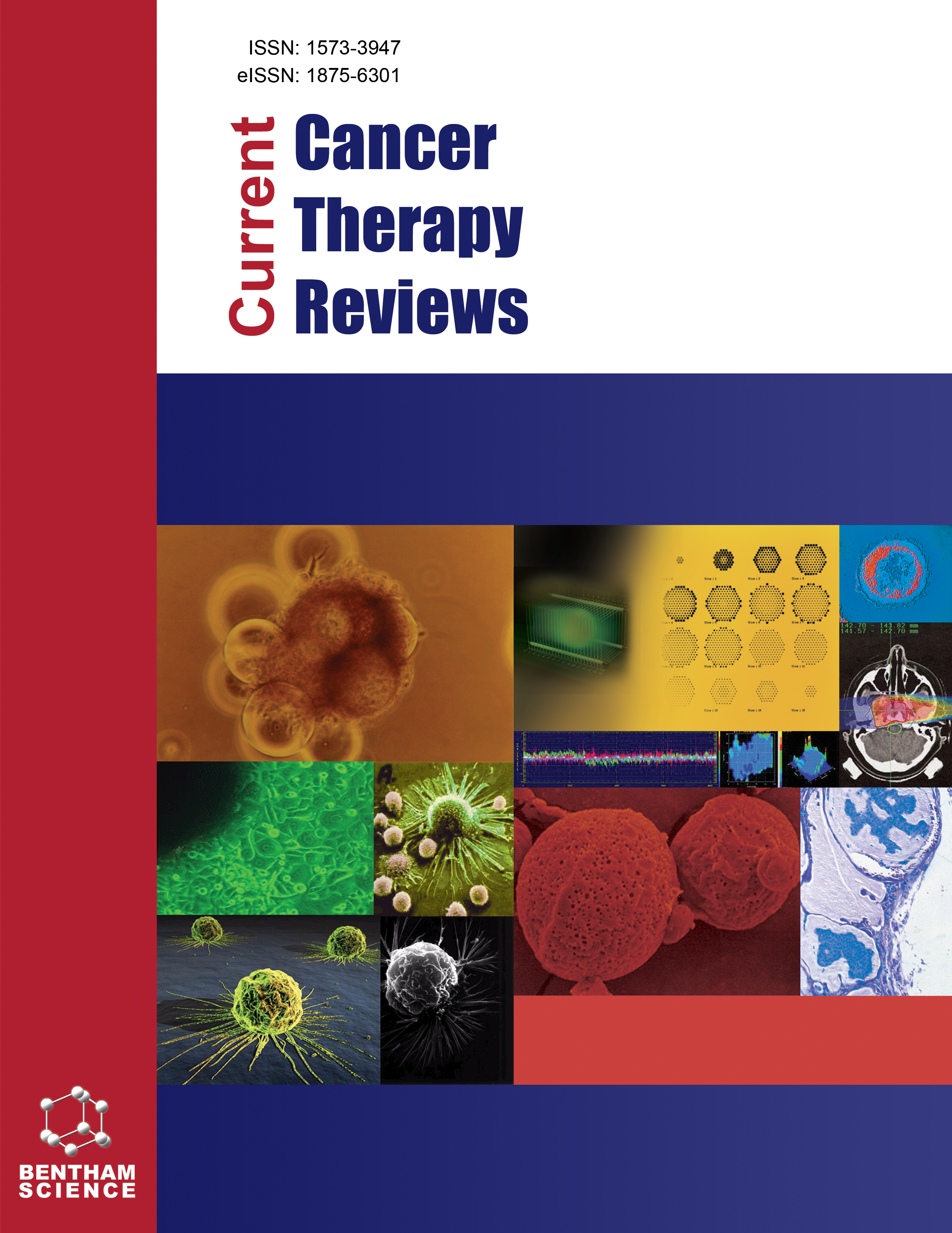
Full text loading...
Gliomas, a heterogeneous class of brain cancers, pose significant challenges as they are considered incurable. They represent the most recurrent primary intracranial cancer and exhibit distinct clinical and biological characteristics. Traditional treatment options for glioma include radiotherapy, chemotherapy, and surgery; however, the emergence of molecular-targeted therapy has provided a new avenue for improved therapeutic responses. One intriguing oncogene type of long non-coding RNAs (lncRNAs) in glioma is the HOX Transcript Antisense RNA, commonly referred to as HOTAIR. HOTAIR is characterized by its overexpression in various cancers and is situated in the intergenic region between HOXC12 and HOXC11 of the HOXC cluster on chromosome 12. Its upregulation in glioma has been found to be associated with tumor grade and plays a significant role in disease progression. HOTAIR exerts vital functions in glioma, including promoting angiogenesis, modulating glutamine catabolism, and influencing sensitivity to temozolomide (TMZ), a commonly used chemotherapy drug. Knockdown of HOTAIR has been shown to suppress cell invasion, migration, and proliferation, while inducing apoptosis, ultimately leading to tumor repression. HOTAIR achieves its biological effects, by targeting specific microRNAs (miRNAs). In this review study, we have summarized several signaling pathways that are intricately linked to HOTAIR in the context of glioma. Understanding the mechanisms and interactions involving HOTAIR and these signaling pathways may provide valuable insights for the development of targeted therapies and improved management strategies for glioma. This review provides a summary of the potential roles of HOTAIR in glioma, encompassing its effects in commercial cell lines, patient-derived cell lines, animal studies, and clinical trials.

Article metrics loading...

Full text loading...
References


Data & Media loading...

